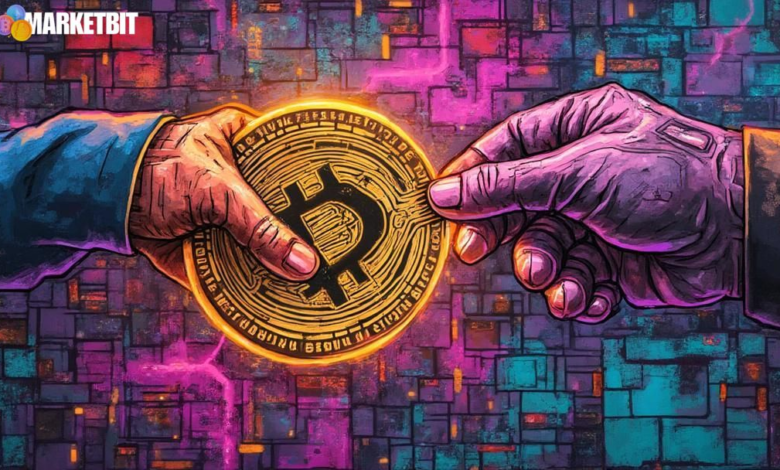Bank of America Strengthens Ripple Partnership with RLUSD Integration

- BoA expands Ripple partnership with RLUSD stablecoin.
- Faster, cheaper payments achieved.
- New stablecoin aligns with U.S. regulations.
Bank of America (BoA) deepens its collaboration with Ripple by integrating Ripple’s RLUSD stablecoin and using XRP for internal transactions, as confirmed through official documents.
The partnership signifies a strategic push for faster transactions and aligns with new U.S. stablecoin regulations, potentially impacting broader market engagement.
Bank of America has intensified its collaboration with Ripple by integrating the newly launched RLUSD stablecoin. This initiative underscores their joint focus on creating more efficient and cost-effective settlement processes within the bank’s operations. The move is a response to evolving market demands.
The partnership involves key players such as Ripple CEO Brad Garlinghouse and Bank of America CEO Brian Moynihan. Utilization of RLUSD aims to transform traditional banking workflows, emphasizing the need to align with modern financial technologies and regulatory changes.
Bank of America is committed to leveraging the latest blockchain technology to enhance our internal operations. — Brian Moynihan, CEO, Bank of America, source
The integration impacts Bank of America’s strategy significantly, with potential ripple effects across financial markets. By employing Ripple’s solutions, BoA seeks to streamline internal operations and enhance cross-border payments, substantially reducing costs and transaction times. Financial implications include the use of XRP as a bridge currency, potentially altering settlement dynamics. The RLUSD’s compliance with the new GENIUS Act positions Bank of America well within emerging stablecoin regulations, offering a robust framework for expanded digital asset use.
Participants in the sector are closely monitoring these changes, expecting broader adoption of similar blockchain solutions. Financial institutions brace for increased competition as multinetwork stablecoins become mainstream, potentially challenging existing frameworks.
Potential technological outcomes could reshape banking infrastructure, fostering innovation across related industries. Historical trends suggest that this integration aligns with a global shift toward digital assets, supported by regulatory adaptation to facilitate innovation while ensuring systemic stability.





